UAV platform ship. A promising proposal or a meaningless concept?
Recently it became known that in the interests of the naval fleet Russia is developing a project of a fundamentally new special ship. It will become a carrier of unmanned aerial vehicles for various purposes and will have to provide a solution to a wide range of tasks. So far, only the most general features of such a project are known, but this information is also of great interest.
Latest news
On December 13, the TASS news agency reported about the new project of a special ship. From an unnamed source in the shipbuilding industry, it received information about the existence of such a project, as well as about some of its technical and tactical features. At the same time, the publication notes that there is no official information about the promising development.
According to the source, the now unnamed design bureau is designing a multipurpose platform ship for the Navy, which will be able to carry and use a large number of unmanned aerial vehicles. In his aviation the group will include UAVs of aircraft and helicopter types of medium and light classes. This is a technique with reconnaissance capabilities.
The platform will be able to fully operate all UAVs on board. In particular, for drones-aircraft will be provided with a pneumatic catapult with the necessary characteristics. The platform ship will be able to use tactical UAVs in the coastal zone and on the high seas. At the same time, the exact range of tasks to be solved is not given.
It is reported that the new project makes special requirements for aviation equipment - this is due to the specifics of its operation at sea. In particular, it is necessary to protect the on-board electronics of the UAV from aggressive environments, use high-precision instruments for landing on the deck, and take measures in case of hard landings.
Other details of the project are not provided. The exact tactical and technical characteristics of the future platform, the timing of the design completion and the start of construction, deployment plans, etc. are unknown. Perhaps information of this kind will begin to appear in the future, as work continues and various military-technical exhibitions are held. If the project of the UAV platform really exists, our industry will not hide it for a long time and will definitely show it.
Unmanned present
The Russian Navy has a developed and numerous naval aviation, which includes coastal and ship-based aircraft and helicopters. Since the beginning of the last decade, the unmanned direction has also been developing as part of naval aviation. To date, UAVs have become quite widespread on the coast, and their implementation on ships continues.
The most massive and, in fact, the main unmanned complex in our naval aviation is now Orlan-10, which is also used by other branches of the military. Initially, such UAVs flew only from land, using standard launchers and landing devices. Since 2018, a new version of the complex has been deployed on ships, including special landing equipment. Over the past years, a number of ships of modern projects have received such equipment. Thanks to the UAV, these combat units have improved their situational awareness and expanded combat capabilities.
Earlier this year, it was reported that loitering ammunition could be deployed on Russian ships. Products of the "Cube" series are already being tested on unnamed ships, and in the foreseeable future it is planned to make a decision on their introduction into practice.
An important place in naval aviation is occupied by the Forpost medium-sized UAV for reconnaissance purposes. However, due to its size and weight, it is operated only from land airfields and cannot yet be transferred to the deck. In recent years, it has been reported about the development of new helicopter-type UAVs specifically for the Navy, but not a single such model has entered service yet.
Possible appearance
Very little is known about the future "drone". However, you can imagine how such a vessel should look to solve the assigned tasks. In addition, it is already possible to assess the fundamental advantages and disadvantages of such a concept. However, the credibility of such forecasts and estimates will be questionable - until the question of the existence of the project and its real features is clarified.
The dimensions and displacement of the vessel are unclear. At the same time, it is obvious that light and medium-sized UAVs do not need a carrier the size of a full-fledged aircraft carrier. It will probably be possible to get by with a platform the size of a frigate or destroyer. Also, there should be no special requirements for energy and general ship systems.
The UAV carrier should have a deck of the largest possible area, almost like on full-fledged aircraft carriers. It is necessary to place launch and landing positions on it: catapults and nets for aircraft, as well as small areas for helicopter operation. Under the flight deck, as on aircraft carriers, you need to place a hangar of sufficient size.
The ship needs advanced electronic equipment. First of all, he needs a full-fledged control center for an unmanned group, capable of controlling a large number of aircraft and processing all incoming information. Operators can be facilitated by artificial intelligence control systems. We also need communication means to interact with other ships and UAVs in the air.
Light and medium-sized UAVs can form an aviation group of outstanding size. An active group can consist of dozens of devices. In addition, comparable quantities of equipment can be stowed in transport in the appropriate compartments. In fact, the size of the air group depends only on the types of UAVs and on the customer's requirements.
It is not known what types of drones will be used on the new platform. A TASS source mentions that these will be reconnaissance vehicles. These can be the current "Orlans-10" or promising products that are currently at the development stage. In addition, the introduction of light and medium loitering ammunition cannot be ruled out - they will expand the range of tasks to be solved and give the ship shock capabilities.
The question of the ship's weapons remains open. Obviously, such a pennant will work as part of ship groups, and its protection will be provided mainly by other combat units. At the same time, the UAV carrier also needs barrel and electronic means of self-defense. In addition, kamikaze drones will also become part of the weapons complex.
A forward-looking concept
Basing UAVs on ships is no longer a novelty and is actively used by developed countries. At the same time, the idea of a specialized drone carrier vehicle is not yet spreading. According to known data, so far only one such ship has been built - it recently became part of the Chinese Navy. Now a similar project is being developed in our country.
This concept of a special ship has clear pros and cons. Its main advantage is the ability to place on one carrier a large number of UAVs for various purposes - in contrast to one or two vehicles on board current warships. The ship will be able to simultaneously raise and hold several drones in the air and conduct reconnaissance in a number of areas of the sea and land.
Accordingly, the possibilities for collecting and processing data for illuminating the situation and / or for issuing target designations are expanding. It is also possible to independently deliver strikes using loitering ammunition.
The use of UAVs from a single carrier will simplify the work of the ship squadron and its aviation. Helicopters aboard other ships will not have to share the hangar and take-off area with drones. This will greatly simplify the organization of flights and related events.
However, there are also difficulties. So, questions arise about the very need for such a ship. Our Navy has a full-fledged aircraft carrier, which is still under repair, and landing ships with a helicopter group will appear in the foreseeable future. They will also be able to carry UAVs of different types, simultaneously solving other combat and auxiliary missions. Whether it is necessary to build separate ships with drones in the presence of such pennants is a big question.
If a positive decision is made, new questions will arise. The drone ship is a novelty in every sense. Its practical capabilities and combat value are not completely clear. The tactics of using it independently and as part of the detachments has not been worked out either. Without elaboration of these issues - and the corresponding revision of the requirements and the project itself - the prospects of the ship will be a big question.
Also, the concept has practical drawbacks. The main one is related to the placement of many drones on one platform. Thus, a successful enemy attack will disable not only the carrier ship, but also its air group. In this case, the ship detachment, regardless of its condition, will be left without an important means of reconnaissance, and its combat capabilities will be reduced.
Reserve for the future
Thus, in our country, it is possible that the development of a fundamentally new concept of a special ship with special functions and capabilities has begun. The fleet will have to study these ideas and draw conclusions, ordering full design and construction, or abandoning them. And the further development of the unmanned direction in the fleet will depend on these conclusions and decisions.
At the moment, it can be argued that the project that TASS writes about will still be useful for the fleet. Regardless of the decision of the Navy, it will allow to work out a promising and unusual concept and draw conclusions about its real prospects. If it is considered necessary and useful, then the construction of ships will begin. Otherwise, the fleet and industry will not waste resources on a dubious project - but they will gain important experience and knowledge.
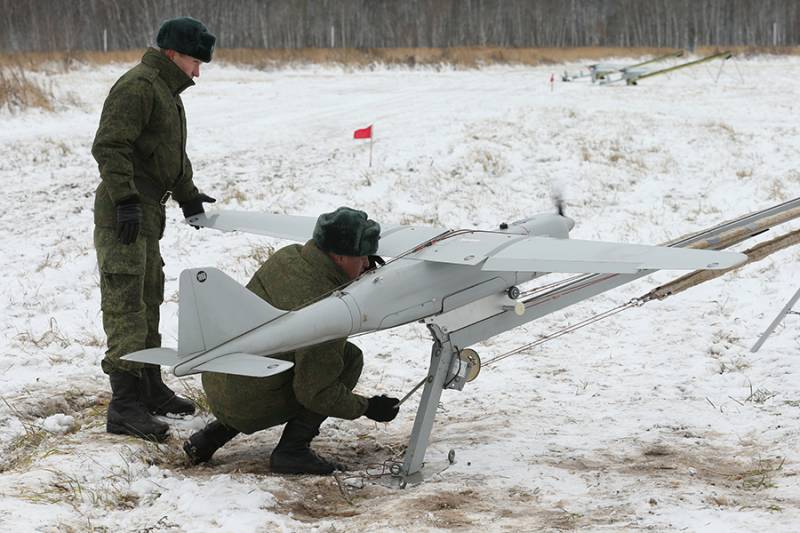
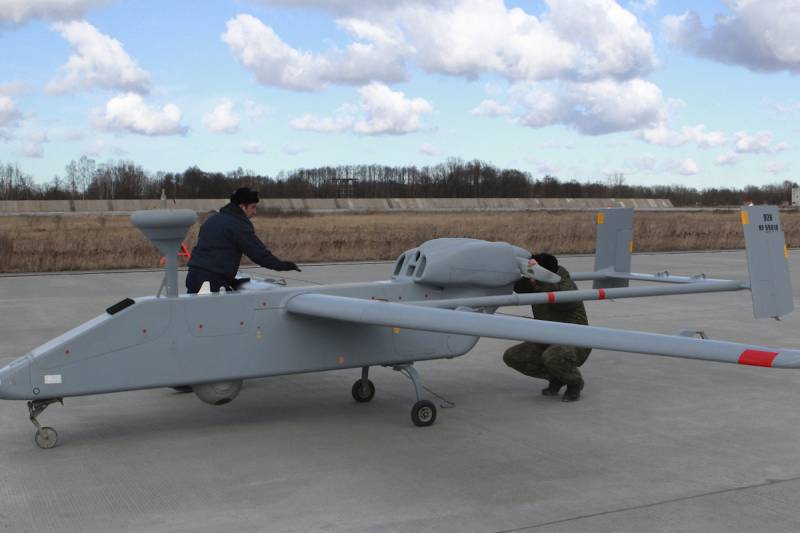
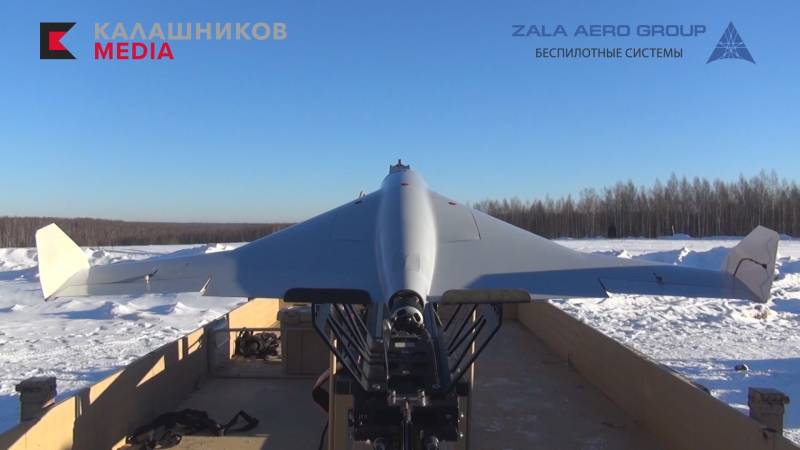
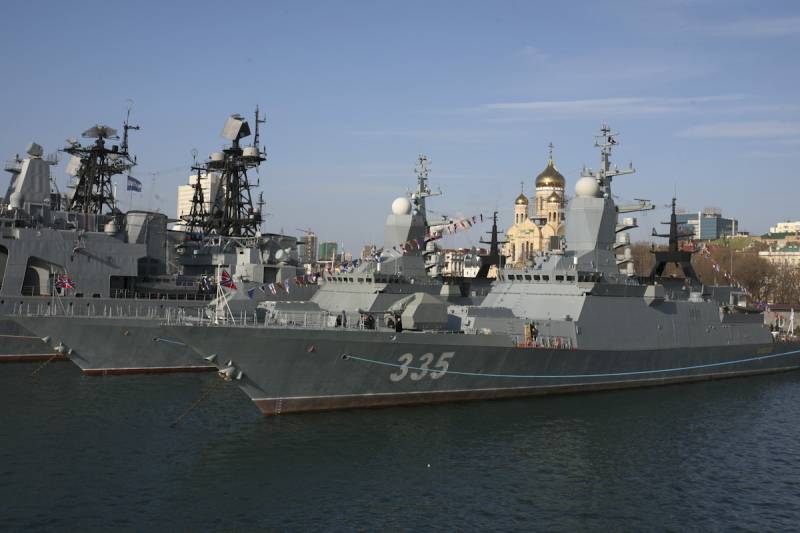
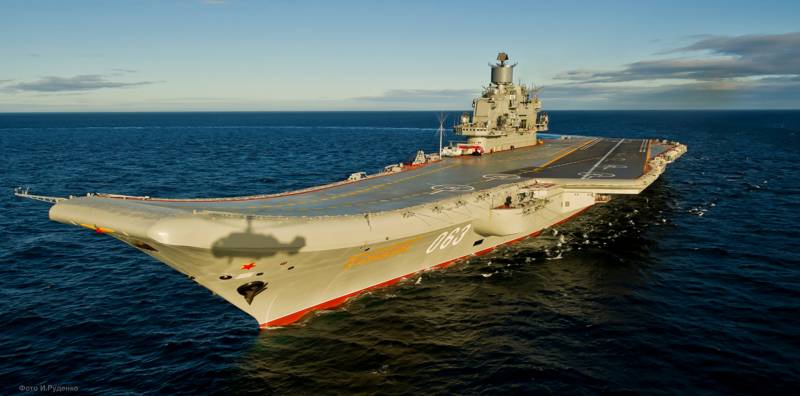
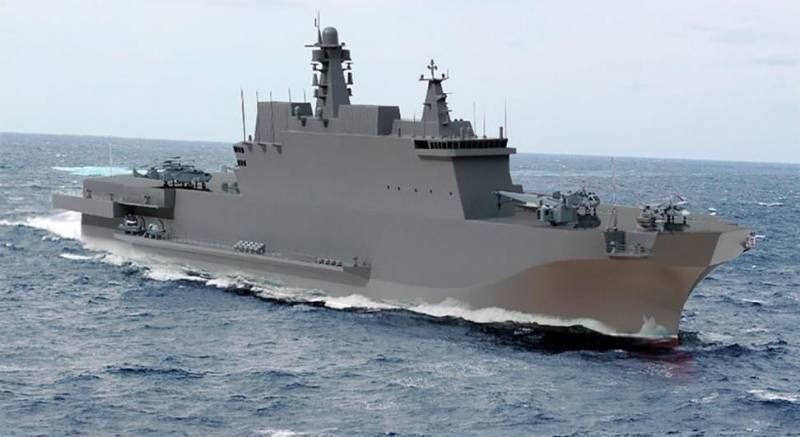
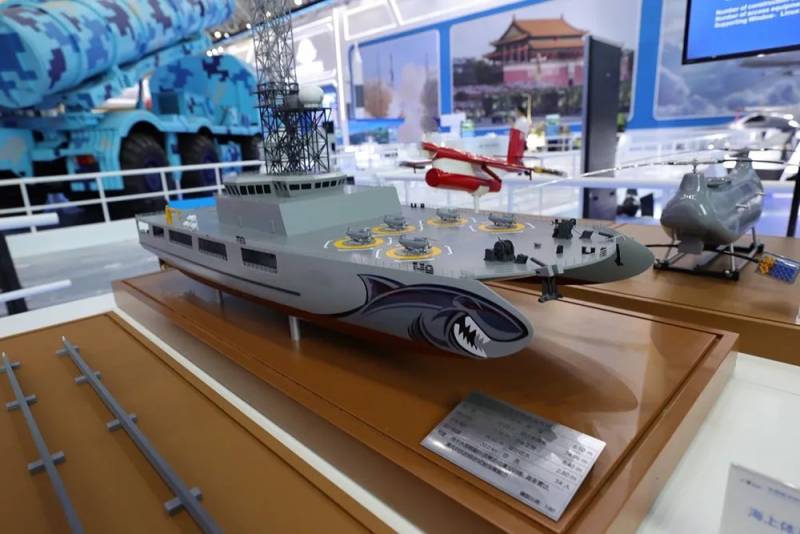
Information